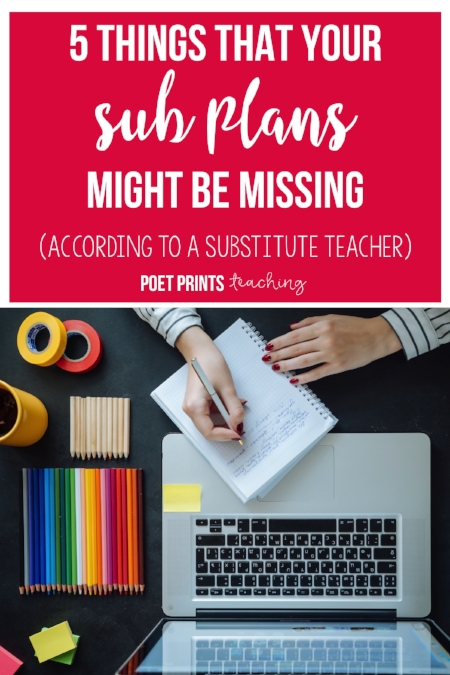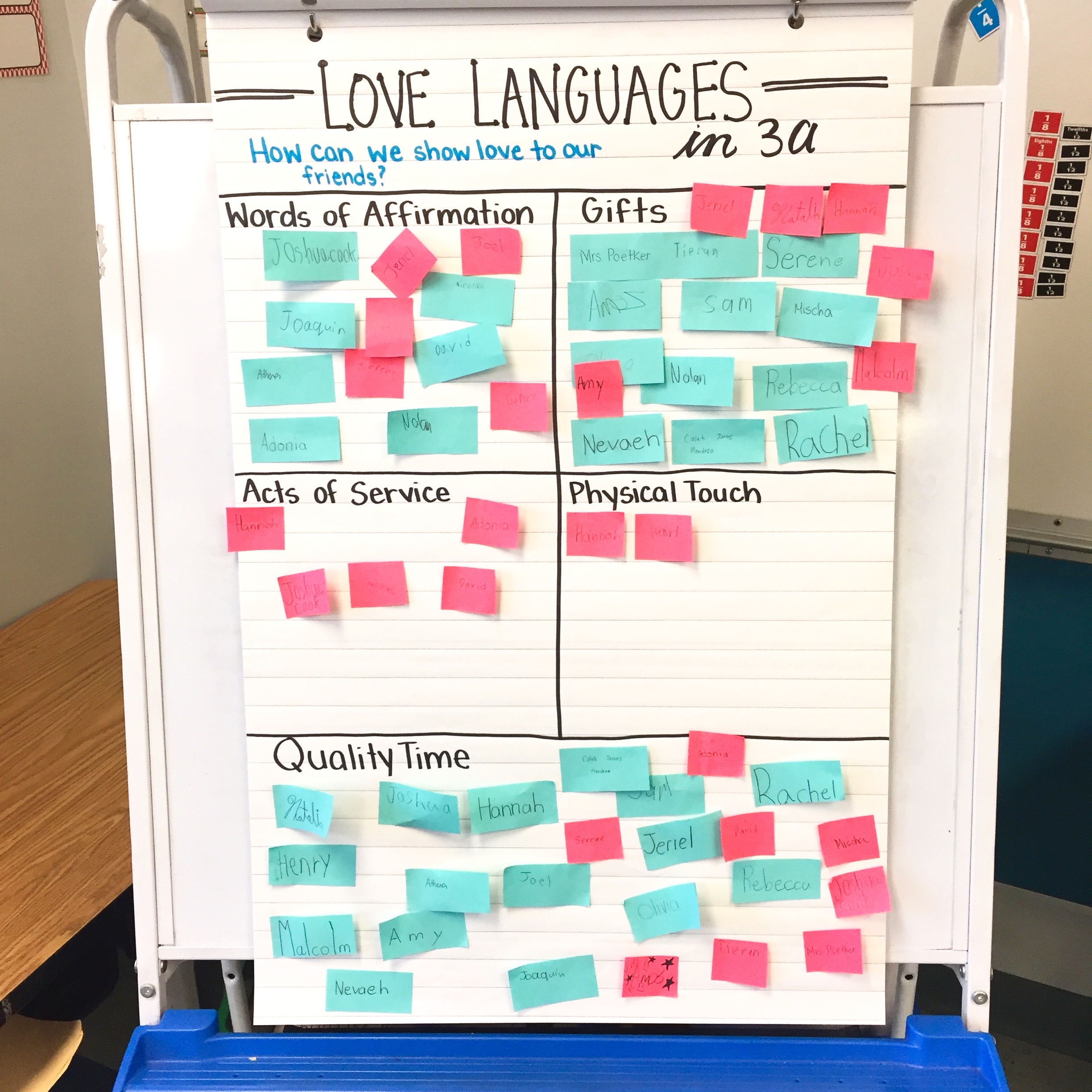Devotions - spending time with the Lord for a focused period of time. Morning devotions with kids - spending time with the Lord for a focused period of time, and teaching kids the importance of following God. This is so important! But sometimes it’s hard to do because we lack ideas. If you’re anything like me, you like to establish routines in your classroom, and finding a devotion routine for school (or at home!) can be tricky.
Despite all the excuses that I come up with - my biggest one being “I don’t have time today”, I have discovered that devotions help to ground my day. When my students come in, they do morning work. Let’s be practical, we need those few minutes to talk to parents, organize backpacks, etc, etc. But right after that, we all sit together at the carpet for devotions. I find that doing devotions in the morning is a way to invite Jesus into the day. It sets the tone for the day: we are first focused on Christ, then our endeavors of the day. It reminds the students (and me!) about the importance of obeying and trusting God in everything we do.
Devotions are important for every age, so here are some suggestions for devotional books that can help you establish a routine in your classroom (or at home), no matter which age group you teach.
Pre-K and Kindergarten: Read and Share Bedtime Bible and Devotional, by Gwen Ellis
Although titled “Bedtime Bible”, it does not have to be read at bedtime. This book is full of short Bible stories written in kid-friendly language, with colorful illustrations. Each story is only about 50 words long, and at the end there is a discussion question. Since the stories are short, more than one story could be read and discussed.
Kindergarten and 1st Grade: Betty Luken’s Flannelgraph, by Betty Luken
Both the Kindergarten teacher and 1st Grade teachers at my school use flannelgraph when teaching Bible stories. Betty Luken’s book is written in the form of a narrative story, with flannel pieces to accompany it. The K and 1 teachers will do one story in the morning, then chat about the story and pray. Later in the day, during play centers, the students can use the flannelgraph pieces to retell the story. The kids love doing this!
2nd and 3rd Grade: The Jesus Storybook Bible, by Sally Llyod-Jones
In my room, we use the “Storybook Bible”, which has beautifully written stories that focus on God’s plan for the world and our need for a Saviour. We gather on the carpet to read one story a day. This way, all students are super familiar with the “Big Picture” of the Bible. After reading, we talk briefly about the story and then take time to pray.
2nd, 3rd or 4th Grade: The One Year Book of Devotions for Kids
If you’re looking for something that goes beyond Bible stories and delves into specific Bible passages, this is the book for you. Each day, there is a short Scripture to read, followed by a short narrative story about modern-day kids who have to practice the virtue or principle outlined in the Scripture passage. At the end, are discussion questions and suggestions for a Bible Memory Verses.
4th Grade: Jesus Calling - 365 Devotions for Kids, by Sarah Young adapted by Tama Fortner
This book is written as if Jesus is speaking to the children. Each page starts with a Bible verse. Then there’s a short passage, written from Jesus’ point of view, telling the students about how wonderful His plans are and how He wants them to live their lives. This book does require students to have a background knowledge of the Bible, so that’s why it’s better for older children who have some foundational knowledge.
These are only a handful of the resources that my teacher-friends and I have used for our morning devotions with our students. There are so many wonderful books and routines out there. What are some of your suggestions and tried-and-true routines?












































































